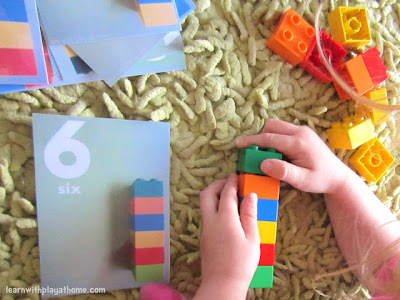But just how does infant brain development occur?
- When your baby is born his brain weighs about 350 g (12oz); by his first birthday it weighs 1 kg (2.2 lb).
- At birth, the brain already has some 200 billion neurons (nerve cells) - about the same number as it will have in adulthood.
- Each neuron responds to stimulation by growing a network of dendrites (branches) and synapses (connections) between itself and its neighbors.
- Each neuron ends up with dendrites leading to an average of 15,000 synapses.
- Dendrite formation becomes more complex over time, with third- and fourth-tier branches appearing by 6 months of age.
- The more stimulation the brain receives, the more sophisticated its dendritic networks become.
- The frontal lobe (the part of the brain that deals with emotions) becomes highly metabolically active from 6 months of age. By 18 months the neural foundations of your baby's emotional intelligence are laid.
- Between 2 and 4 months old, the number of synapses in your baby's visual cortex increases tenfold to 20,000 per neuron.
- By 12 months, neurons that distinguish native language have found their permanent position.
- At 18 months the brain's language center experiences a massive synaptic spurt, producing an explosion in grammar.
During the first eight years of life, and in particular the first three, there are a number of critical windows for acquiring specific types of intelligence. Once these windows have closed, learning is much more difficult, if not impossible. Babies are particularly open to learning during their first year, as outside of the brainstem (which controls critical life-sustaining processes), very few neural pathways have formed.
sumber:- BrillKids Early Learning Essentials
No comments:
Post a Comment